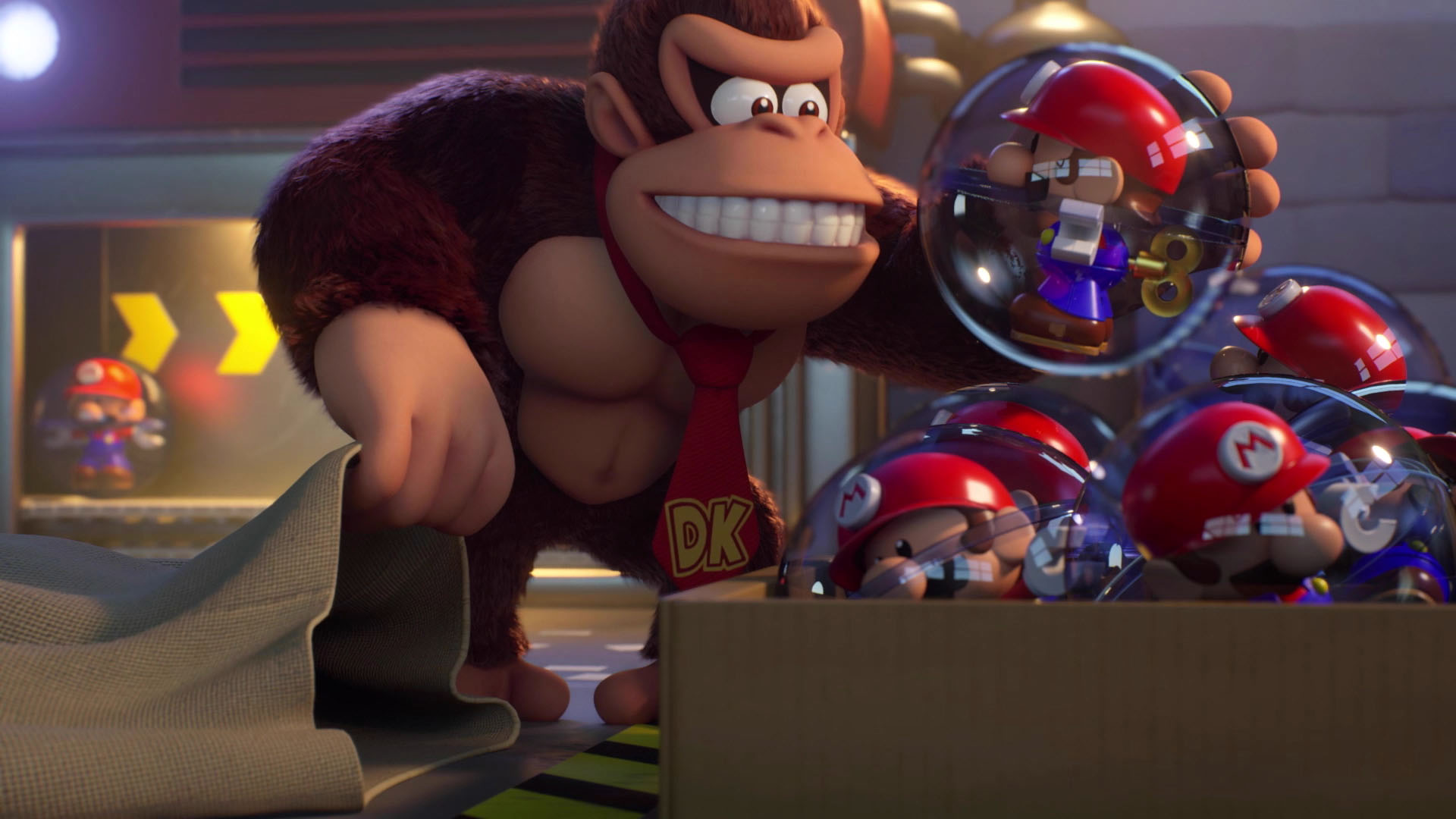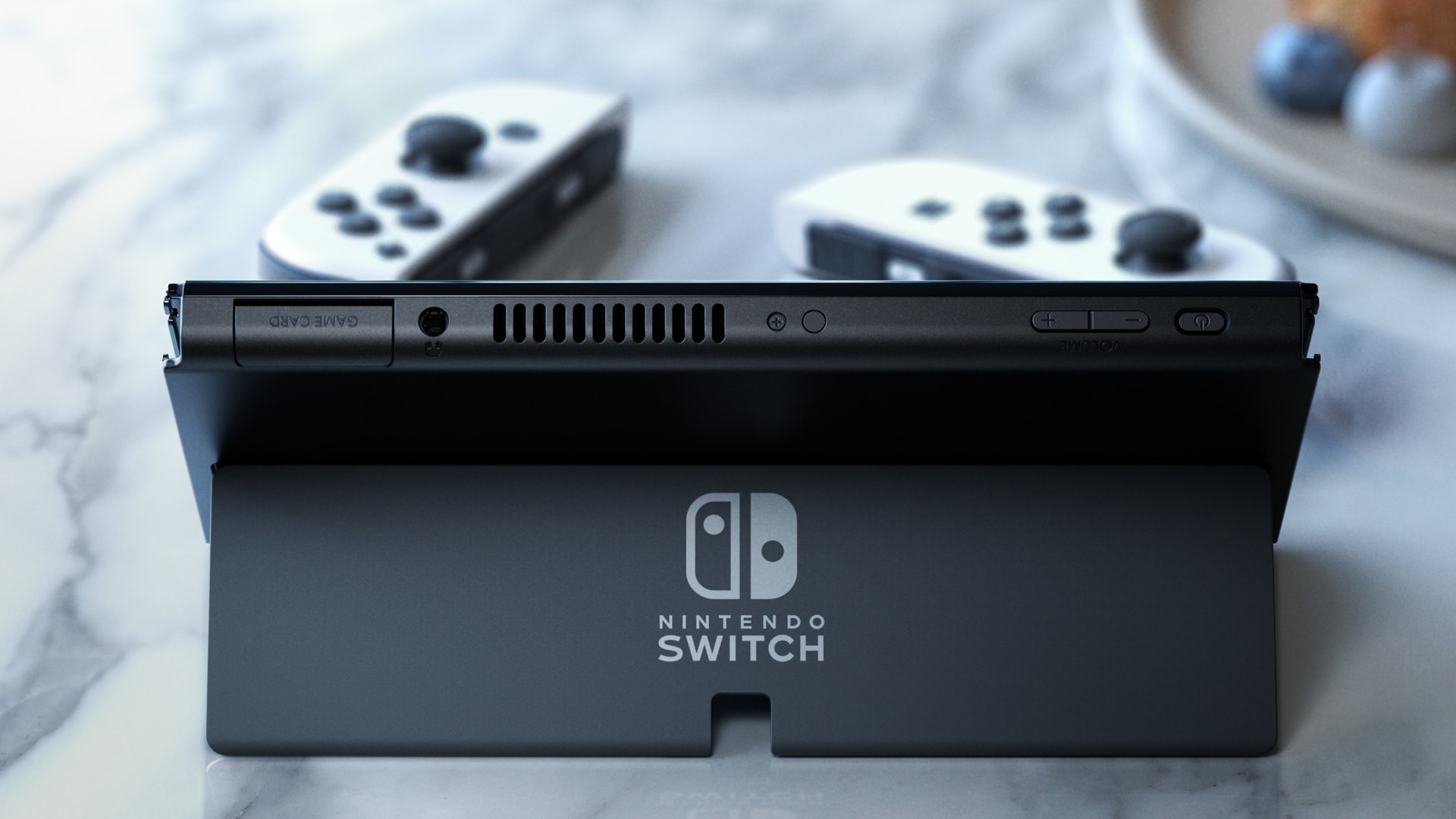
It would be safe to say that Nintendo has made a bold statement with the Nintendo Switch, signifying that innovation in design will always surpass raw graphical grunt – and 140 million units sold to date is a bold testament to that notion. That being said, it would also be safe to say that the Nintendo Switch’s lifecycle is definitely drawing to a close with it being almost 7 years old at this point.
There have been rumblings of a new console for quite some now, and all signs seem to indicate that Nintendo’s next offerings will also be a hybrid console – but whether it ends up being called the Switch 2 or something else remains to be known. But the bigger question here is what would the console look like in terms of technical specifications, and would it be able to compete with the likes of PS5 and Xbox Series X/S to get a strong third-party library of games?
We try to answer these questions with this feature but do note that these are speculations based on available reports on the matter mixed with educational guesses, so keep your expectations in check accordingly.
CPU

The original Switch features a very interesting processor with eight cores, 4 of the Cortex-A53 kind and 4 of the higher-powered Cortex-A57 kind. While this would theoretically put the Switch on par with the PS4 or Xbox One which featured similarly structured octa-core ARM processors, the Nvidia Tegra X1 had a catch in that only 4 of the 8 processors could be used at a single time which meant that a lot of the performance was left on the cutting floor with the first iteration of the hybrid console.
It’s honestly a surprise that Nintendo was able to run such complex physics systems and building mechanics on an outdated quad-core chip that runs at a measly 1.3 GHz, and we hope to see those optimizations carried over to the next console. Reports have suggested that Nintendo might still be partnering with Nvidia for the next console, but some have suggested that it could also take the Mediatek route – though it is more or less confirmed that it would be using a custom-built chip this time around instead of a pre-built chip like the Nvidia Tegra X1.
While the actual specifications remain a mystery for now, we are hoping that it should have at least 8 physical cores this time around if Nintendo wishes to provide a significant bump in terms of performance capabilities. Operating frequencies are equally important to ensure smooth performance as well, and we are hoping to see a 2 GHz base clock at the very least with some support for boost clocks when the console is docked to the TV.
GPU
While the CPU is an important part of any system, a gaming console’s true power is dictated by the graphics processing unit. The original Switch’s GPU featured a total of 256 Maxwell-based CUDA cores running at variable frequencies and the final output of the console was 393 GFLOPs in docked mode and marginally lesser in handheld mode. It was a fraction of what the Xbox One and PS4 offered, but intelligent optimization and clever usage of simple art styles meant that Nintendo could push some great-looking visuals on the console without breaking much sweat.
With its next iteration however, we are expecting a very significant bump in this sector if Nintendo wishes to run multiplatform games on the console. It’s unlikely that publisher will go for an AMD-based solution as opposed to Nvidia, and it might even go for an APU instead of two discrete chips for processing and graphics. In technical terms, the chip should have 5 TFLOPs of raw graphical grunt and newer generation CUDA cores and increased memory frequencies should help in achieving that goal with relative ease.
Hardware accelerated ray tracing might be too much considering the price point and power budget of the hybrid console, but some reports have suggested that the GPU would be based on the newer Ampere architecture found in RTX 3000 series cards, so having dedicated RT cores could also be a possibility. But the most interesting thing that Nintendo could leverage with Switch 2’s Ampere-based GPU solution is AI upscaling with DLSS. Imagine rendering a game internally at 720p, and upscaling that to 1080p with minimal artifacting thanks to the power of DLSS 3.0 (or maybe even a custom solution that’s more efficiently trained on the subject hardware).
RAM

The original Switch featured a total of 4 GB of LPDDR4 memory running at 1331MHz on docked mode, and the lack of sufficient system memory shows in many games where we get to see multiple split-second freezes throughout the gargantuan map. For the Switch 2, we are expecting something in the ballpark of 10 GB of RAM – though Nintendo might have to spring up for more memory if it decides to feature an APU that shares the same resources across both the CPU and GPU.
Display And Game Cards

As for the display, we have already seen reports of the Switch successor still boasting an 8-inch LCD screen. For context, the original Switch has a 6.2-inch screen while the OLED variant has a 7-inch screen – which would make the console’s footprint a bit broader than what we are used to. The decision to go with an LCD screen as opposed to an OLED panel is primarily to cut down on costs, and cutting back on this aspect is a lot better than cheap out on the actual heart of the machine itself. That said, we are assuming that the screen will have a resolution of 1920×1080, and early-gen games shouldn’t really have a hard time reaching those output resolutions considering that the console now has the leverage of AI-aided upscaling mechanisms.
As for media format, reports suggest that Nintendo would continue the use of cartridge-style game cards to store physical game media – and that seems like a very likely case considering that the form factor of the Switch 2 is going to be extremely similar to its predecessors. An added benefit of having the same format game cards is the ease of backward compatibility from both physically and digitally owned games, and while that isn’t confirmed at the moment – it’s definitely a possibility nevertheless.
Price Point, Possible Release Schedule, And Conclusion

Nintendo has always tried to keep an approachable price point with its consoles, and there’s no reason why that would change with the Switch 2. It’s obvious that consumers will have to pay a premium over the original asking price of $300 for the original Switch, and a popular Nintendo analyst Dr. Serkan Toto on Gamesindustry.biz has predicted a price point of $400 which sounds pretty reasonable for the hardware that we have previously discussed. Games could also cost more, with $70 being the new asking price for Switch 2 games but that wouldn’t be a surprise since most big-name publishers and platform owners have already raised their prices, so why wouldn’t they?
As for the release schedule, multiple reports suggest that Switch 2 is due release sometime in 2024. A typical console cycle lasts anywhere from 5 to 7 years (if you exclude the transitory phase, of course) – and Switch has already reached the upper limit of the two extremes which adds an added sense of credibility to these reports. Either way, we are definitely excited to see what Nintendo brings to the table for this generation, and hopefully we won’t have to wait for much long.
Note: The views expressed in this article are those of the author and do not necessarily represent the views of, and should not be attributed to, GamingBolt as an organization.














